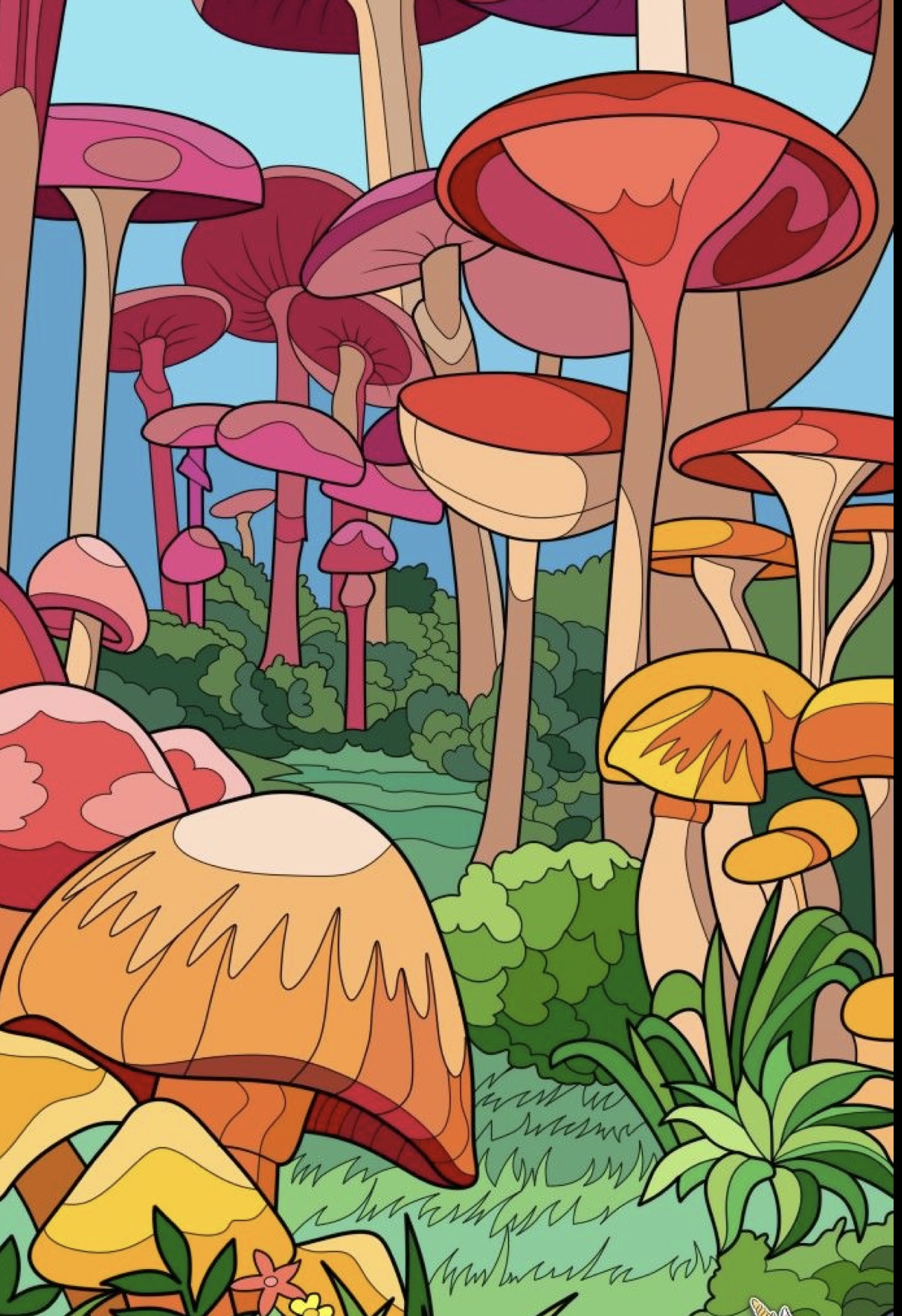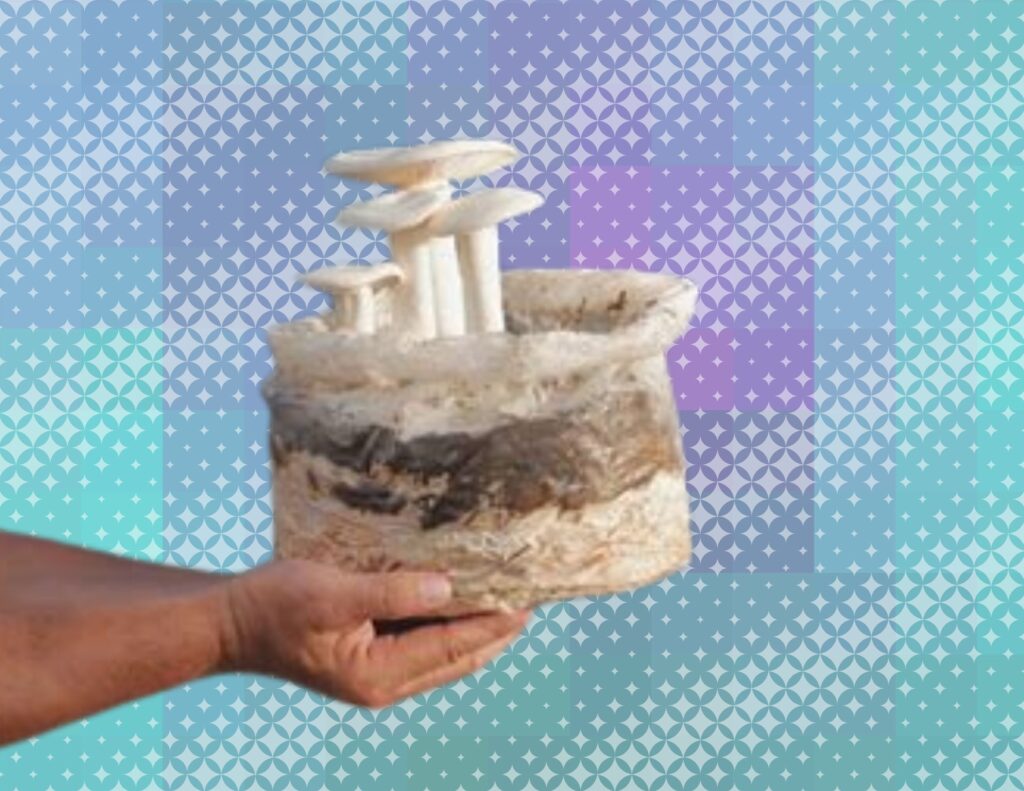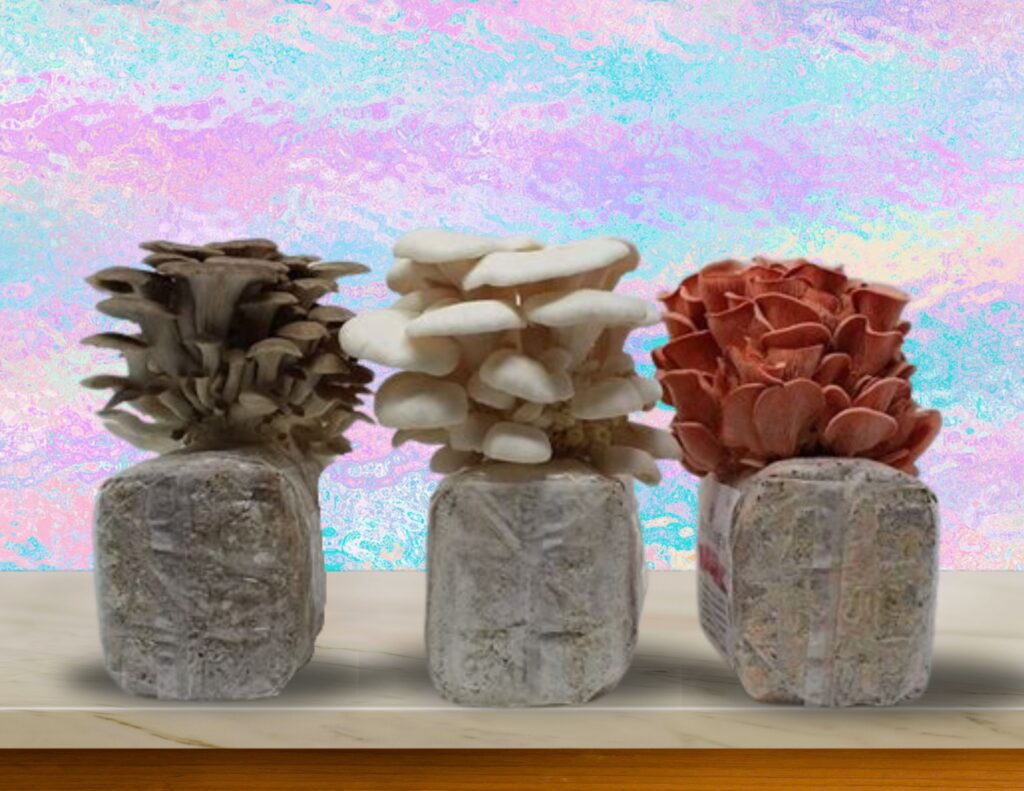


Embarking on the journey of home mushroom cultivation opens a realm of possibilities for enthusiasts looking to understand how much it costs to grow shrooms. “An Introduction To Home Mushroom Cultivation” by Jamie Halladay illuminates the path for beginners, offering a comprehensive guide on starting a mushroom farm indoors and outdoors with a focus on the cost of magic mushrooms and practical care methods[1]. This resource is invaluable for those with minimal knowledge about the nuances of mushroom growing, addressing queries surrounding how much do shrooms cost and laying a foundation for successful cultivation[1].
As the interest in growing personal or commercial mushroom patches burgeons, questions about the initial setup costs, ongoing expenses, and the potential for profit become increasingly pertinent. Jamie Halladay’s book serves as a cornerstone for both novices and seasoned cultivators aiming to minimize costs and maximize returns[1]. By exploring the financial aspects of mushroom cultivation, this article aims to demystify the real cost of bringing spores to harvest, making it an essential read for anyone considering the venture[1].

Mushroom cultivation is a diverse and adaptable practice, suitable for various environments from farms to urban settings. The process begins with the inoculation of substrates with spawn, moving through phases of incubation and fruiting, each requiring specific environmental conditions such as temperature, humidity, light, and airflow to encourage growth. Common substrates include sawdust or wood pellets, enriched with nitrogen supplements, catering to a range of commercial species like Oyster, Shiitake, and Lion’s Mane mushrooms. This adaptability, combined with the eco-friendly nature of mushroom farming, underscores its potential as a sustainable food source[4][5].
Selecting the right mushroom variety is crucial for beginners, with Blue Oyster, Lion’s Mane, and Grey Oyster mushrooms recommended for their ease of cultivation and culinary applications. The choice of substrate and the control of environmental factors play significant roles in determining the success of the cultivation, highlighting the importance of understanding the specific needs of each mushroom type[9].
The journey to setting up a mushroom farm encompasses a range of costs that vary significantly based on the scale of cultivation and the specific requirements of the mushroom species being grown. Understanding these costs is essential for anyone considering entering the mushroom cultivation field.
This breakdown highlights the financial commitment required to embark on mushroom cultivation, emphasizing the need for thorough planning and budgeting to ensure the venture’s success and sustainability.

In managing a mushroom farm, ongoing expenses and maintenance are critical factors that contribute to overall operational costs. Understanding these costs is essential for effective budgeting and financial planning:
By closely monitoring these expenses, mushroom farm operators can identify areas for cost optimization, such as adopting low-energy production methods [21] and implementing drip irrigation to reduce water usage [22], ultimately enhancing profitability.
Calculating the potential yields and profits of mushroom cultivation involves understanding various factors, including market demand, production scale, and operational efficiency. Here’s a breakdown to guide potential growers:
By closely analyzing these factors and implementing strategic planning, mushroom cultivators can optimize their operations for better yields and profits.

Comparing the intricacies of commercial scale versus home cultivation of mushrooms reveals distinct differences in approach, cost, and outcome. Here’s a closer look:
This comparison underscores the adaptability of mushroom cultivation to various scales and objectives, highlighting the importance of understanding the specific needs and potential returns of each approach[3][4][5][31].

Minimizing costs and maximizing returns in mushroom cultivation can be approached through strategic planning and the adoption of efficient cultivation methods:
By starting small, learning through practical kits, and gradually adopting more controlled and efficient cultivation methods, cultivators can significantly reduce the costs associated with mushroom farming while steadily increasing their returns.

Throughout this exploration of mushroom cultivation from spore to harvest, we’ve navigated the complexities of initial setup costs, ongoing maintenance expenses, and the strategies for maximizing yields and profits. By integrating insights from Jamie Halladay’s extensive guide and coupling them with practical considerations for both home and commercial cultivators, this article has illuminated the financial landscape of mushroom farming. It reinforces the significance of strategic planning, continuous learning, and operation scaling as foundational elements for success in the cultivation journey.
The journey of growing mushrooms, as underscored in this analysis, presents a blend of challenges and opportunities. It beckons enthusiasts and entrepreneurs alike to dive into the realm of mushroom cultivation with an informed perspective on minimizing costs and maximizing returns. With the global mushroom market experiencing robust growth, the potential for profitable cultivation is promising. As cultivators continue to innovate and adapt to market demands, the future of mushroom farming indeed holds vast possibilities, inviting further exploration and development within this fascinating field.
Since there are no provided “People Also Ask” questions and answers, I am unable to generate a set of FAQs. If you have specific questions and answers you’d like rephrased, please provide them, and I’ll be happy to assist.
[1] – https://www.amazon.com/Introduction-Home-Mushroom-Cultivation/dp/151223334X
[2] – https://www.mushroom-corner.com/posts/profitable-mushroom-farming
[3] – https://www.quora.com/How-much-does-it-cost-to-grow-mushrooms-for-commercial-purposes
[4] – https://smallfarms.cornell.edu/projects/mushrooms/indoor-production/
[5] – https://www.olympusmyco.com/blogs/blogs/unearth-the-magic-the-benefits-of-growing-mushrooms-at-home
[6] – https://atlas-scientific.com/blog/small-scale-mushroom-farming/
[7] – https://extension.psu.edu/six-steps-to-mushroom-farming
[8] – https://www.quora.com/What-are-the-principles-of-mushroom-cultivation
[9] – https://naturelion.ca/mushroom-growing/mushroom-cultivation-the-basic-principles/
[10] – https://learn.freshcap.com/growing/mushroom-yield-and-biological-efficiency/
[11] – https://www.fungially.com/blogs/growing-mushrooms/mushroom-business-profit-margin
[12] – https://finmodelslab.com/blogs/startup-costs/mushroom-cultivation-startup-costs
[13] – https://www.youtube.com/watch?v=18oNt5j5z3s
[14] – https://www.youtube.com/watch?v=KoR4QVTyE1w
[15] – https://finmodelslab.com/blogs/startup-costs/mushroom-farm-startup-costs
[16] – https://www.shroomery.org/forums/showflat.php/Number/7146025
[17] – https://www.youtube.com/watch?v=AcBpVAOVeGo
[18] – https://www.out-grow.com/blog/post/what-does-it-cost-to-start-a-mushroom-farm.html
[19] – https://nstarfinance.com/how-much-do-gourmet-mushroom-farmers-make/
[20] – https://finmodelslab.com/blogs/operating-costs/mushrooms-farming-operating-costs
[21] – https://www.youtube.com/watch?v=nf-JRGhJUDI
[22] – https://www.netafim.com/en/crop-knowledge/mushroom/
[23] – https://www.fungially.com/blogs/growing-mushrooms/growing-edible-mushrooms-for-profit
[24] – https://mushroomag.com/pages/mushroomfarm
[25] – https://www.youtube.com/watch?v=R4F9clsBNEQ
[26] – https://smallfarms.cornell.edu/projects/mushrooms/harvest-to-market-guide/24199-2/
[27] – https://finmodelslab.com/blogs/profitability/mushroom-cultivation-profitability
[28] – https://www.fungially.com/blogs/growing-mushrooms/most-profitable-mushroom-to-grow
[29] – https://www.youtube.com/watch?v=FlbvPN7Xu1s
[30] – https://www.oakandspore.co.nz/blogs/mushroom-grow-information/farming-mushrooms
[31] – https://www.out-grow.com/blog/post/benefits-of-growing-your-own-mushrooms-at-home.html
[32] – https://backtotheroots.com/products/mushroom-grow-kit
[33] – https://www.agmrc.org/commodities-products/specialty-crops/mushrooms-profile
[1] – https://www.theguardian.com/lifeandstyle/2021/mar/17/mushrooms-as-houseplant
[2] – https://www.washingtonpost.com/home/2023/04/13/edible-mushrooms-grow-home/
[3] – https://www.epicurious.com/expert-advice/growing-mushrooms-at-home-is-easier-than-youd-think-article
[4] – https://foodprint.org/blog/growing-mushrooms-at-home/
[5] – https://www.consumerreports.org/indoor-gardening/best-mushroom-growing-kits-a1123662958/
[6] – https://lonestarmushrooms.com/blogs/mushroom-magazine/the-essential-guide-to-choosing-and-growing-your-mushroom-kit
[7] – https://www.waysidegardens.com/blog/10-reasons-to-grow-mushrooms
[8] – https://lonestarmushrooms.com/blogs/mushroom-magazine/the-benefits-of-growing-your-own-mushrooms-at-home
[9] – https://www.mushroom-appreciation.com/grow_mushrooms.html
[10] – https://www.quora.com/What-are-the-benefits-of-growing-oyster-mushrooms
[11] – https://www.ruralsprout.com/grow-mushrooms/
[12] – https://www.out-grow.com/blog/post/benefits-of-growing-your-own-mushrooms-at-home.html
[13] – https://petitchampi.com/blogs/news/top-6-exciting-trends-shaping-the-future-of-mushroom-farming
[14] – https://www.linkedin.com/pulse/mushroom-cultivation-market-growth-xmxcc/
[15] – https://www.linkedin.com/pulse/mushroom-cultivation-future-prospects-problems-ekatwa-bharadwaj-5rvie
[16] – https://naturelion.ca/mushroom-growing/troubleshooting-mushroom-growth-issues/
[17] – https://www.sierraclub.org/sierra/how-grow-mushrooms-home-beginner-s-guide
[18] – https://www.hgtv.com/outdoors/landscaping-and-hardscaping/grow-your-own-mushrooms
[19] – https://grocycle.com/mushroom-grow-kits/
[20] – https://northspore.com/pages/mushroom-growing-guides
[21] – https://www.instructables.com/Beginners-guide-to-growing-mushrooms/
[22] – https://smallfarms.cornell.edu/projects/mushrooms/indoor-production/
[23] – https://vidacap.com/blog/12-common-mushroom-growing-problems/
[24] – https://shroomforge.com/how-to-overcome-challenges-in-growing-mushrooms/
[25] – https://www.youtube.com/watch?v=ibkXqKe4ebE
[26] – https://www.denverpost.com/2022/11/30/how-to-grow-mushrooms-indoors-recipes/
[27] – https://familystylefood.com/sauteed-oyster-mushrooms/
[28] – https://gmushrooms.org/about-our-gourmet-mushroom-products/gourmet-mushroom-recipes/
[29] – https://usesilo.com/blog/the-latest-in-mushroom-cultivation-technology